All Images
News Release 16-093
NSF wants engineering researchers to bend rules (of classical physics)
$18 million for emerging frontier research aimed at manipulating light, high-frequency and sound waves in weird ways
This material is available primarily for archival purposes. Telephone numbers or other contact information may be out of date; please see current contact information at media contacts.
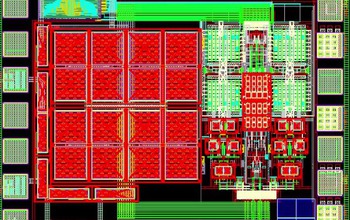
The explosion in wireless data usage across the world has been one of the great economic drivers of the last decade, and the global need for cheap, high-data-rate wireless access is expected to continue to grow rapidly for at least another decade. The new EFRI awards will build upon recent advances in materials science and engineering research. For example, last year, Columbia University engineering researchers invented integrated circuits that can allow radios to simultaneously transmit and receive on the same frequency, instead of requiring two separate frequencies as is typically the case.
Credit: Harish Krishnaswamy, Columbia University
Download the high-resolution PNG version of the image. (743.0 KB)
Use your mouse to right-click (Mac users may need to Ctrl-click) the link above and choose the option that will save the file or target to your computer.
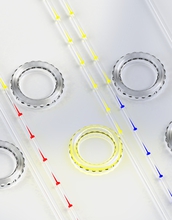
Gaurav Bahl and his team at the University of Illinois at Urbana-Champaign have been exploring the nonreciprocal propagation of light through resonant microsystems. This image visualizes their demonstration of speeding up, slowing down, and blocking light propagation in a waveguide using an acousto-optic induced transparency. As part of their NewLAW project, Bahl and colleagues at the University of Oregon and Duke University plan to achieve similar feats for sound waves. This work could generate improvements in ultrasound control and imaging, nondestructive testing of materials, and new signal processing techniques for communication systems.
Credit: JunHwan Kim and Gaurav Bahl, UIUC
Download the high-resolution JPG version of the image. (3.0 MB)
Use your mouse to right-click (Mac users may need to Ctrl-click) the link above and choose the option that will save the file or target to your computer.
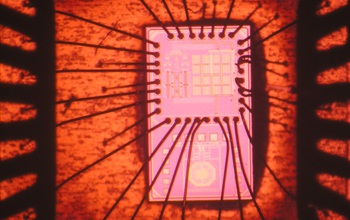
Harish Krishnaswamy of Columbia University, one of eight recipients of the NSF EFRI award, will investigate novel approaches to radio frequency non-reciprocity in semiconductor systems.
Credit: Harish Krishnaswamy, Columbia University
Download the high-resolution JPG version of the image. (1.0 MB)
Use your mouse to right-click (Mac users may need to Ctrl-click) the link above and choose the option that will save the file or target to your computer.
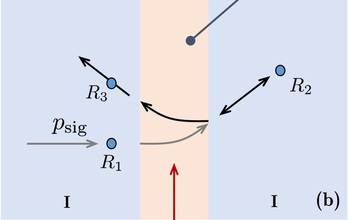
Two of the most fundamental concepts in wave propagation and signal transmission are the closely related principles of reciprocity and time-reversal symmetry. A team lead by Andrew Norris of Rutgers University-New Brunswick has developed new paradigms for non-reciprocal acoustic and elastic wave behavior. Non-reciprocal phenomena have the potential to fundamentally alter the way signals are detected, impacting technologies based on acoustic and ultrasonic measurement such as structural health monitoring and biomedical ultrasound. Shown here is the representation of a pump wave generating a momentum bias, which leads to non-reciprocal behavior of a signal wave between receivers marked R1, R2 and R3.
Credit: Michael R. Haberman, Applied Research Laboratories and Department of Mechanical Engineering,
The University of Texas at Austin
Download the high-resolution JPG version of the image. (67.0 KB)
Use your mouse to right-click (Mac users may need to Ctrl-click) the link above and choose the option that will save the file or target to your computer.
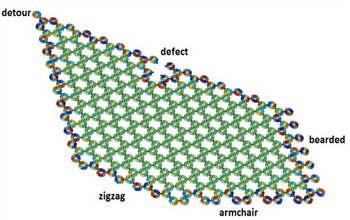
The EFRI NewLAW topic is inspired in part by the recent emphasis on uncovering classical materials that mimic atomic systems and condensed matter phenomena, such as quantum effects and topological insulators. Notable examples are innovations in metamaterials, artificial materials that allow electromagnetic waves to bend around them.
Credit: Andrea Alu, University of Texas at Austin
Download the high-resolution JPG version of the image. (130.3 KB)
Use your mouse to right-click (Mac users may need to Ctrl-click) the link above and choose the option that will save the file or target to your computer.


